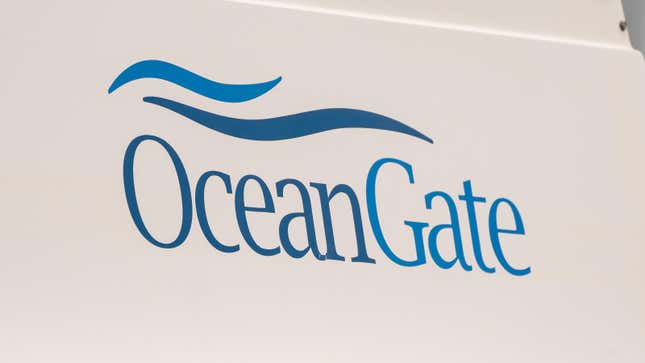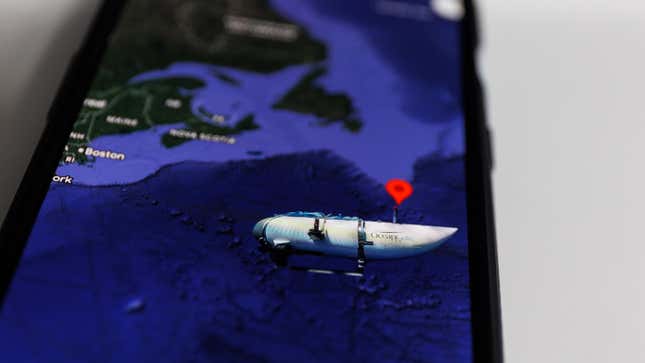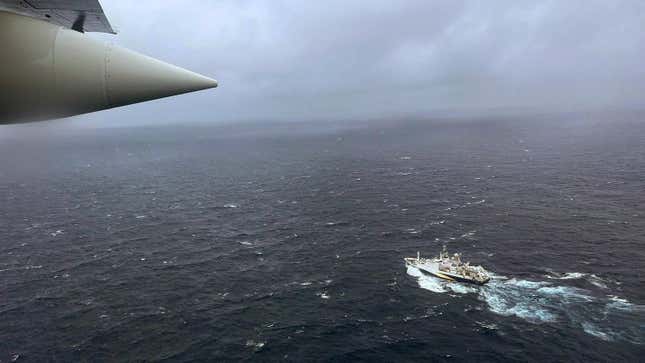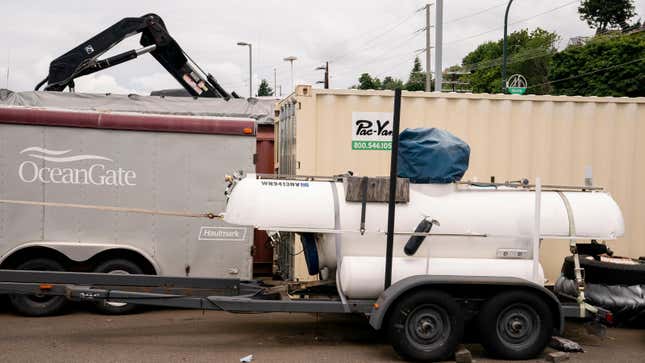
The saga of the Titan has come to a close. After disappearing over the weekend, the Titanic-bound submersible left Americans in a state of suspense for several days, forcing us to drop whatever we were doing and focus instead on the epic manhunt unfolding throughout large parts of the Atlantic. The hope was that the craft would be found intact and that its five passengers would still be alive. Instead, news came down late Thursday that debris from the tiny commercial vehicle had been discovered near the site of its expedition. While an investigation is ongoing, experts believe the vehicle likely imploded during the vehicle’s descent, killing its passengers instantly, including Stockton Rush, the CEO of voyage operator OceanGate. Rush was piloting the sub.
Now, as tragic final chapter of the Titan unfolds, it’s beginning to become clear just how risky OceanGate’s business model may have been all along. High-level voices within the tight-knit deep sea tourism industry have stepped forward to point out the long history of concern over OceanGate’s voyages, and some have accused the company of cutting costs (and, thus, safety) in pursuit of a more profitable business model. Here’s a quick wrap-up of some of the criticism that has been leveled at the company behind the ill-fated submarine.




